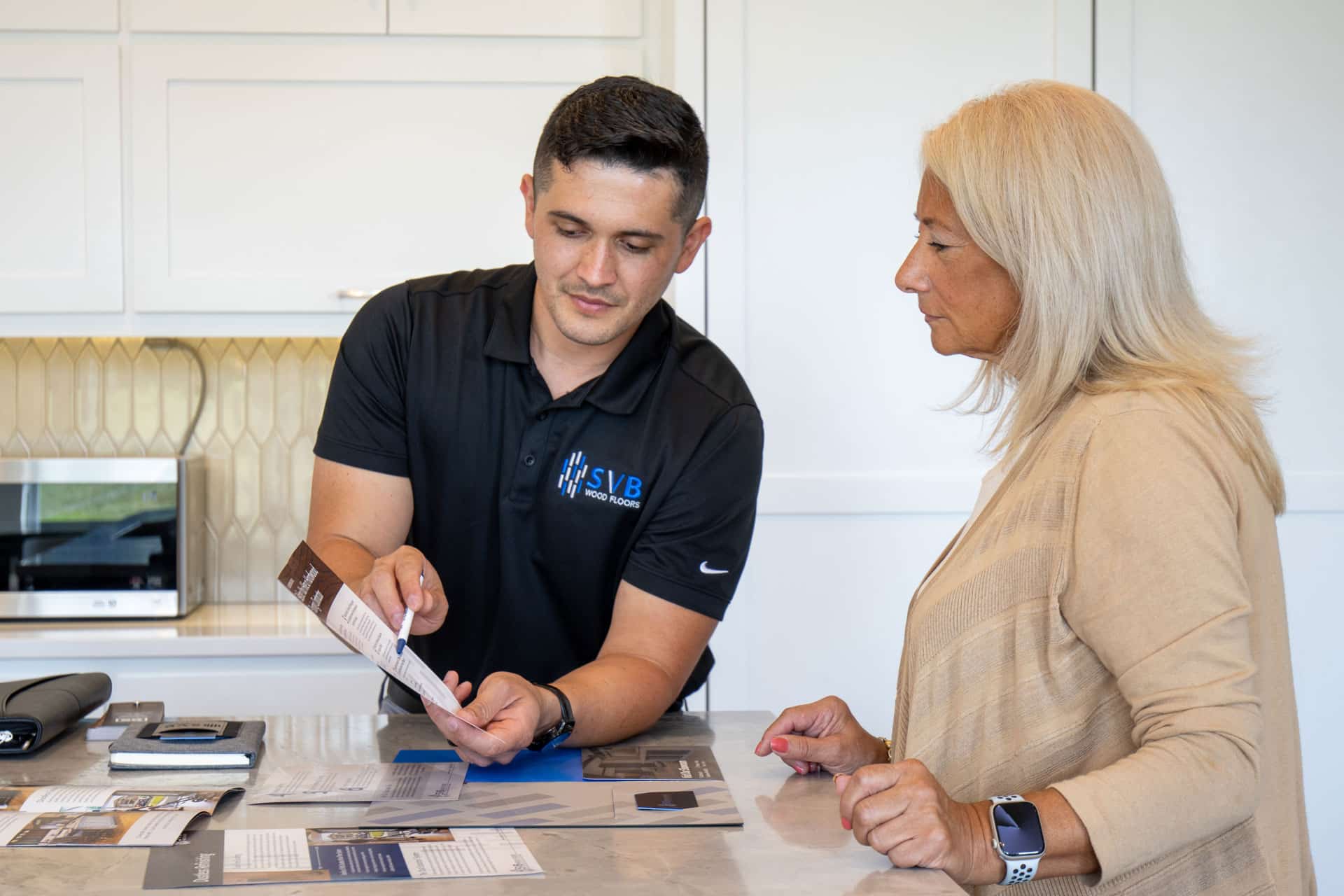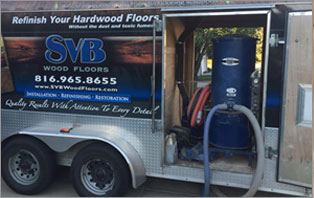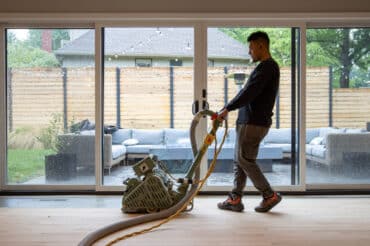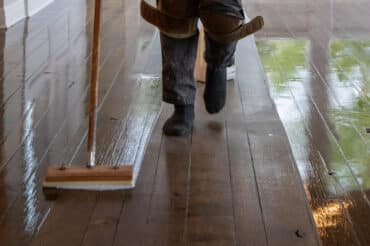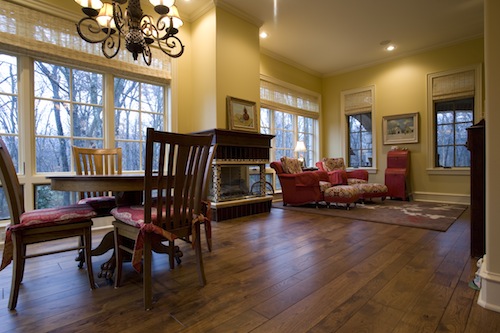 Wood floors are one of the few flooring options that become more beautiful with age. Like all natural things that experience change over time, wood floors will experience subtle color changes as they age. This natural process is called patina and it adds to the beauty and character of the floor. Some species of wood fade to a lighter color and others darken over time. But some people prefer the original color of the wood. What causes wood floors to fade and what can you do to prevent it from happening? The wood floor experts at SVB Wood Floors have a few helpful tips to share to reduce the amount of fading you’ll see in your wood floors.
Wood floors are one of the few flooring options that become more beautiful with age. Like all natural things that experience change over time, wood floors will experience subtle color changes as they age. This natural process is called patina and it adds to the beauty and character of the floor. Some species of wood fade to a lighter color and others darken over time. But some people prefer the original color of the wood. What causes wood floors to fade and what can you do to prevent it from happening? The wood floor experts at SVB Wood Floors have a few helpful tips to share to reduce the amount of fading you’ll see in your wood floors.
Causes of Fading Hardwood Floors
There are three main things that cause wood floors to fade. Sun, heat, and moisture. Moisture tends to be less worrisome as most homeowners know to keep moisture away from hardwood floors. The sun, however is unavoidable and it brings both light and heat with it. Unfortunately, no one wants to live in a dungeon with no light, so what are our options?
Tips for Reducing Wood Floor Exposure to Sunlight
The sun is no friend to wood floors. Ultraviolet light (UV) causes fading due to the light itself and infrared light (IR) causes fading due to the heat. So how do you reduce your floor’s exposure to sunlight? It all starts with the windows. Windows are the main source of sunlight in your home. There are several options to consider with windows.
New Windows – If you are replacing your windows, look for low-e glass. Low-e (low emissivity) glass will help reduce both UV and IR light.
Existing Windows – If you are not replacing your windows, you can look into window film. This thin coating applied to the inside of your windows will help to reduce both UV and IR light. While not as effective as Low-E glass
Window Coverings – This may be the simplest solution. Use blinds, drapes, or shutters to keep the sun out of your home. In the summer, this will have the added advantage of reducing solar gain and reducing your air conditioning bill.
The Finish Can Also Affect The Color of Your Floor over Time
The second factor that can cause wood floors to change color over time is what is added to them. The stain and the finish used will yield different results.
Staining – If you’re going to have your floors stained use a pigment based stain instead of a dye stain. Pigment stains are more colorfast than dyes and will hold their color longer.
Finish – Oil-based finishes will yellow over time, giving the floor a slightly amber appearance. In contrast, water-based finishes generally remain clear over time, minimizing long-term color changes.
What if my Floors Are Already Faded?
Sometimes the problem is more obvious, especially if you had rugs that protected one area very well, but when you remove them, the difference is obvious. If the color difference is dramatic, then the only option you have to even the color back out is to sand and refinish the floor. If you do this, we suggest using some of the tips above to prevent them from fading as quickly the next time.
Call SVB Wood Floors if you need help with wood floor refinishing, repair, or installation at (913) 213-5187 or (816) 965-8655.

